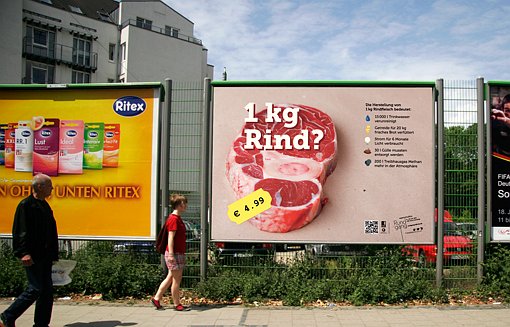
Alexander Lehmann
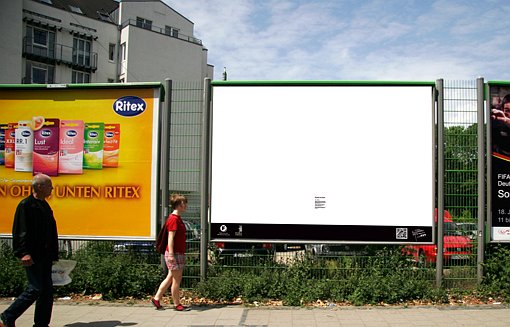
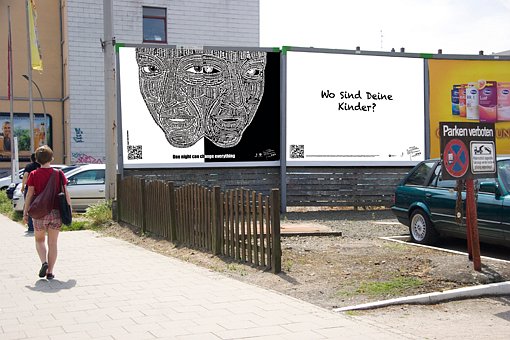
Neele Hinken

Marie Dann
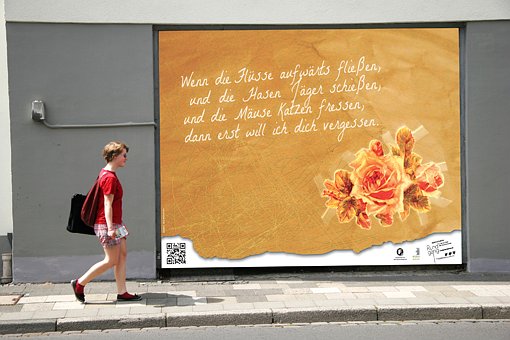
Anja Dannemann
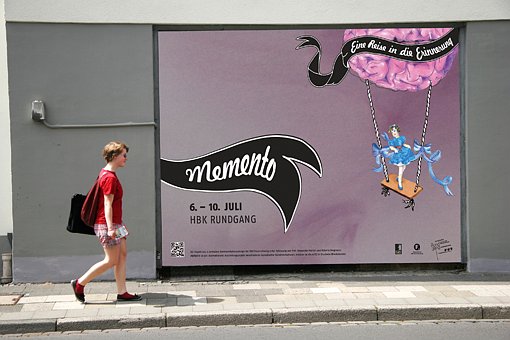
Antje Heier
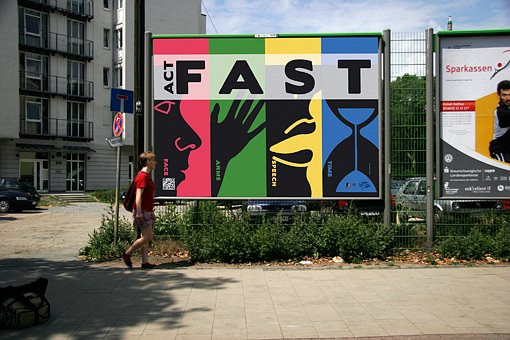
Daniela Heiny
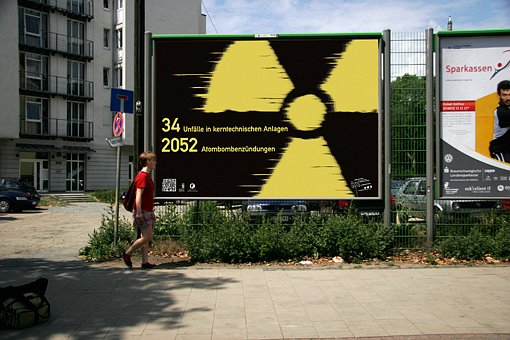
Adrijan Steczek
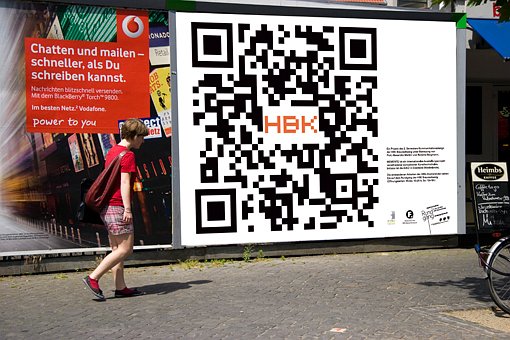
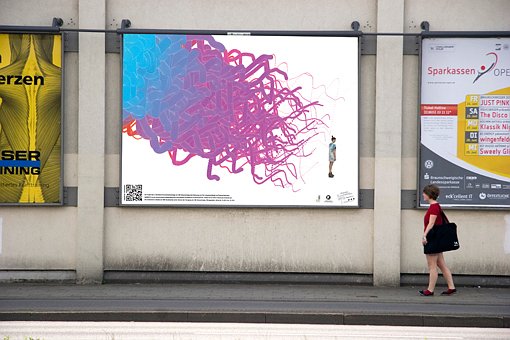
Kai Behrendt
News:
A student billboard project about "Memory" in Braunschweig (DE)
Received from Alexandra Martini
|
First year communication design students of Prof. Alexandra Martini and Roberta Bergmann of
the Hochschule fuer Bildende Kuenste Braunschweig, Germany, worked individually on a project with the theme "Memento" (in the meaning of "Remember/Think of").
Some of their work is now published on 11 bill boards in the streets of Braunschweig, from July 6 - July 10, 2011, and will travel to another six european cities. The project is an international collaboration and exhibition with art and design schools from: Bristol, Wimbledon, Brussels, Enschede, Cork, Valencia and Braunschweig. See the project's blog for more info and 27 accompanying booklets. |
 Alexander Lehmann |
 |
 Neele Hinken |
 Marie Dann |
 Anja Dannemann |
 Antje Heier |
 Daniela Heiny |
 Adrijan Steczek |
 |
 Kai Behrendt |
Comment by Rene
|
I like this student project, it is new in several respects:
- The posters are in the streets, not just on web sites or competition catalogues. - I have never seen student projects on BILLBOARS before, and they handle the large size and landscape format very well. - They include QR codes, even though few people now use it. However, the posters are a prime example for a problem of many academic posters: They don't communicate. Commercial posters, or movie posters, or football posters, or religious posters, or music posters don't have this problem. The failure to communicate would become obvious if poster analysis tools would be applied by the designers. The austrian poster company GEWISTA for example does it routinely, asking large numbers of passers-by in detail for impact, recall, recognition, acceptance, communication and so on for a given poster. Even a rudimentary form of this approach, where the students would just talk with some pedestrians, or their landladies or uncles, would reveal quickly that most people would not associate the posters with "Memento" nor with an art school, and far less than 1% (my guess based on observation with other QR code posters) would take out their smart phone and visit the blog to understand what they see. So at the moment, QR codes are nice gadgets, but should not be used as communication tools, or even as the main communication channel. The posters of Neele Hinken, Marie Dann, Daniela Heiny, Kai Behrendt may be classified as visual poetry, or pretty pictures, but do not communicate anything to me.
Finally, the blank white poster repeats the old myth that the poster is SO TERRIBLY INTERESTING that everybody will come closer to read the fine print, and the message will thereby stick much better. Again, the poster communicates nothing, neither visually, and not even by text. I find it strange that the importance of communication is apparently no longer taught or practiced in graphic design education. The recent exhibition in Chaumont provides further examples. To end with a positive note: The poster by Anja Dannemann is really sweet, right to the point, easy to understand, attractive in every respect, impossible to forget. |